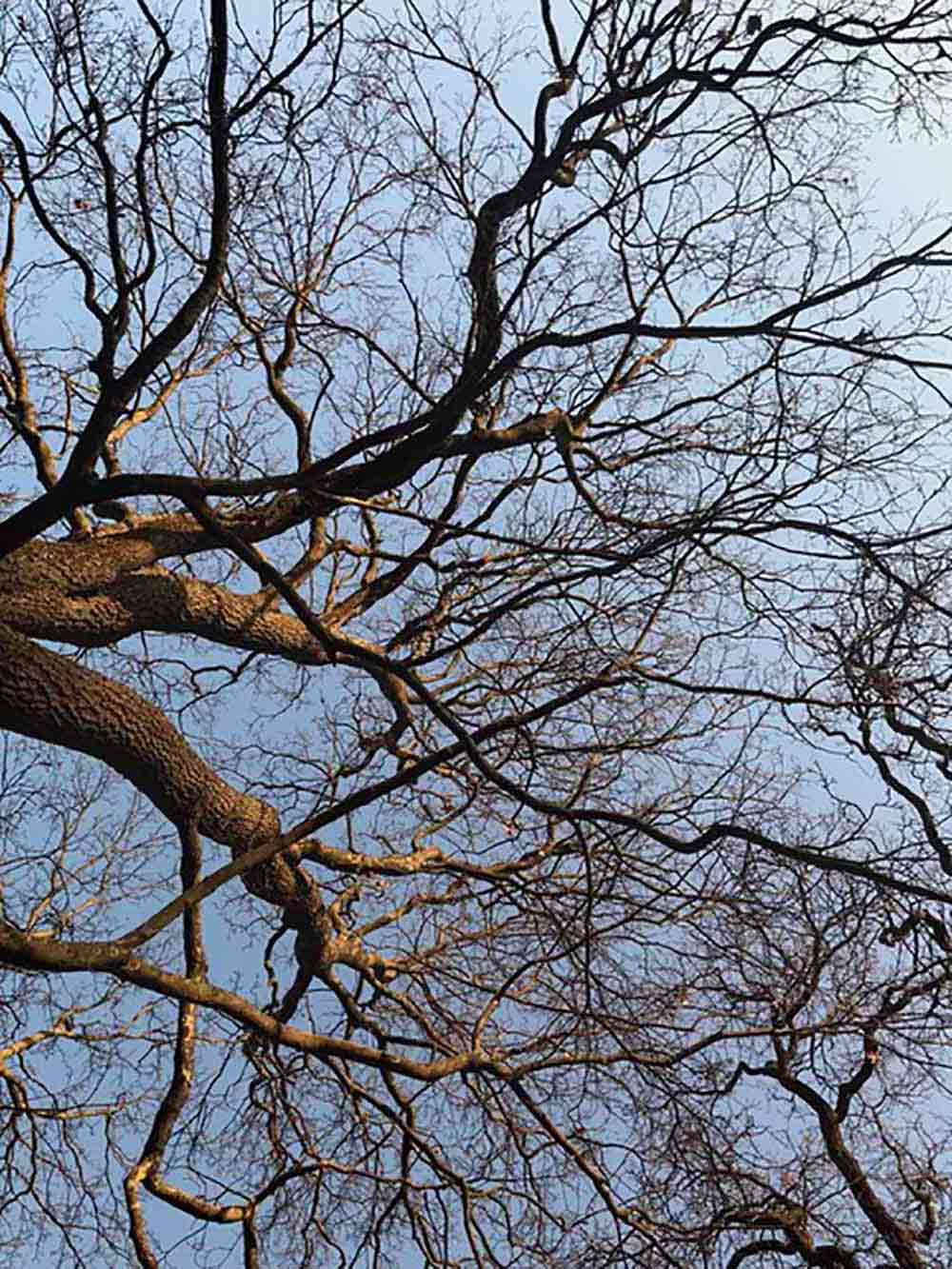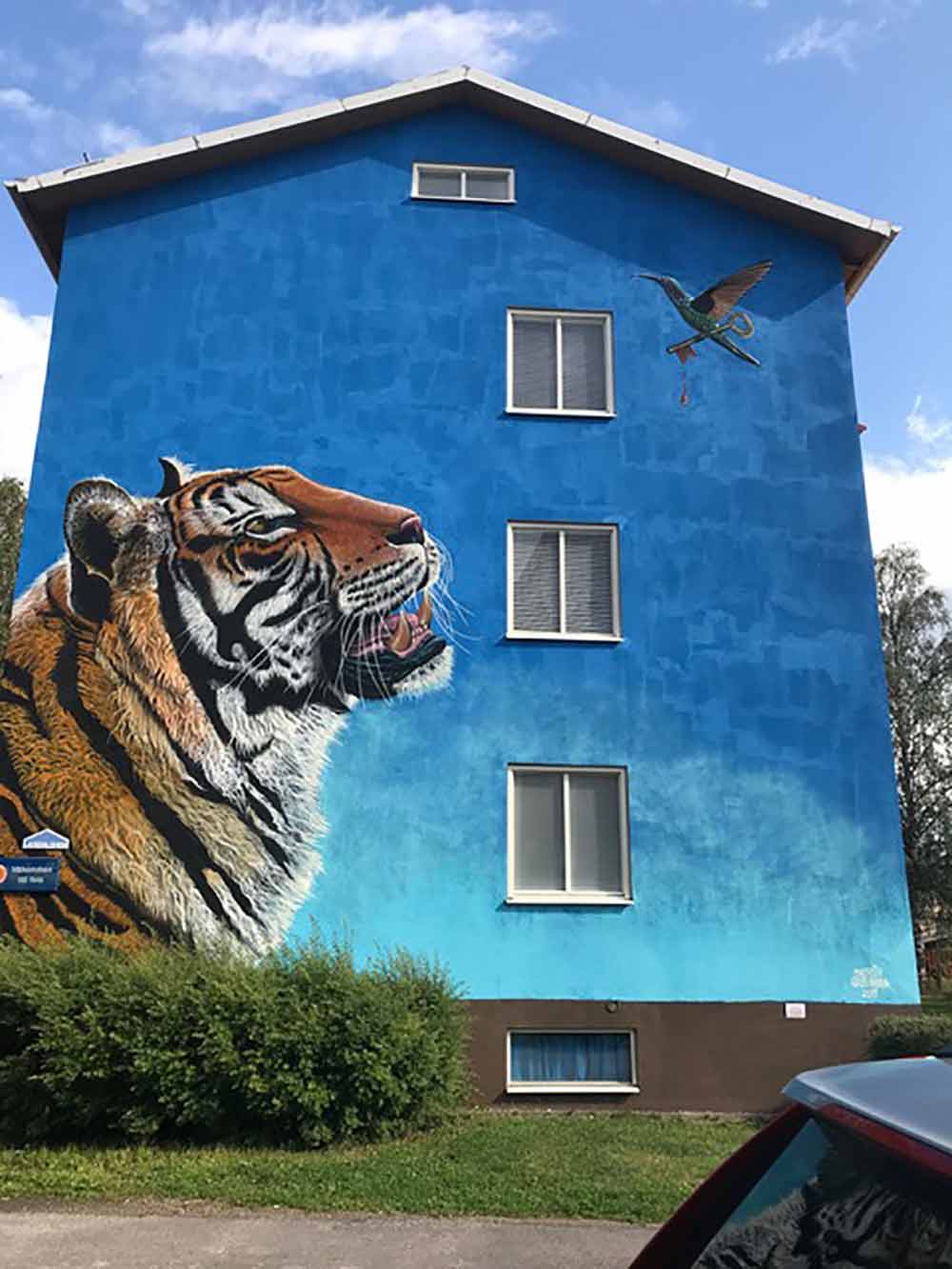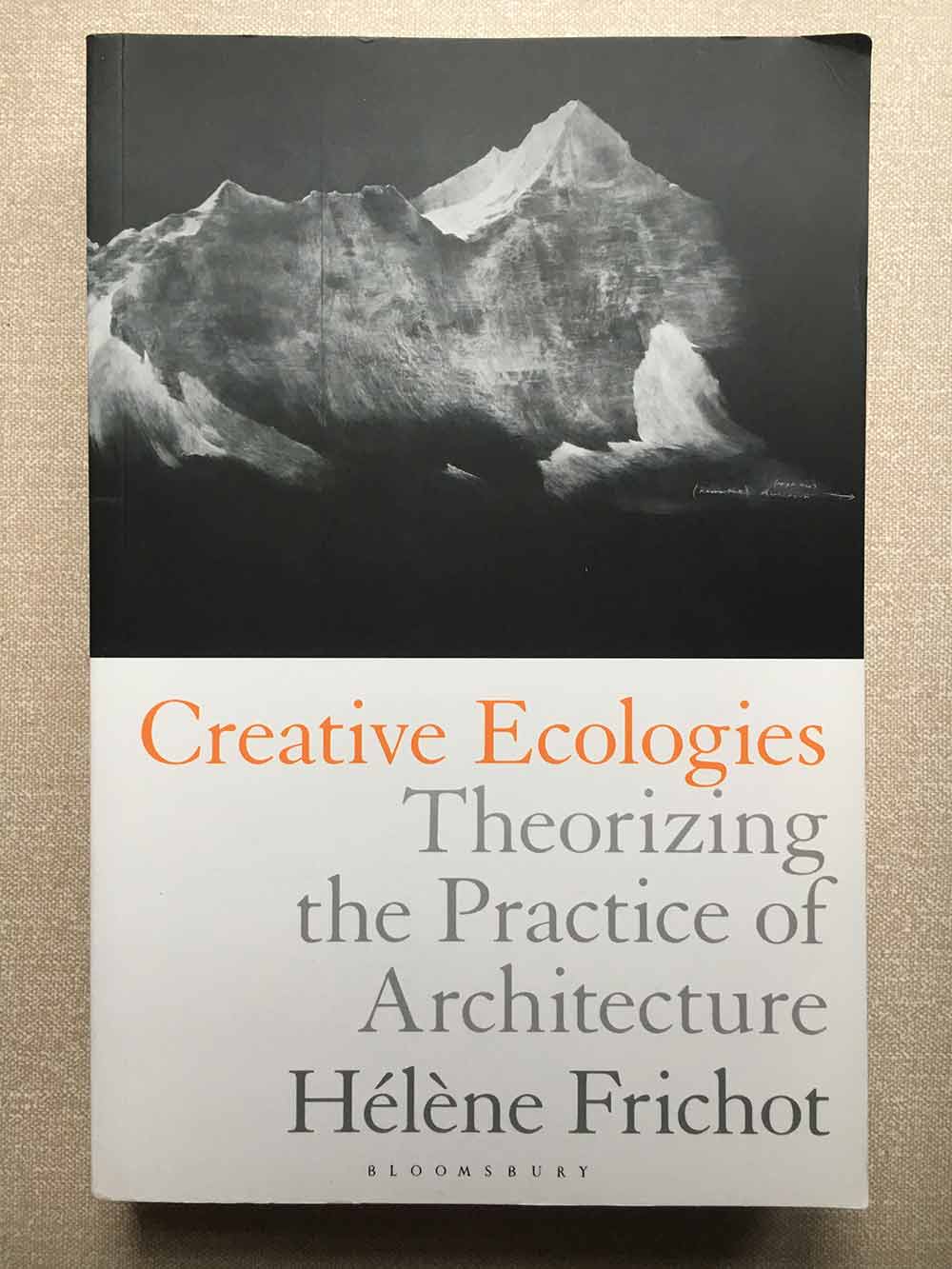Writer’s Abstract
Creative Ecologies: Theorizing the Practice of Architecture (Bloomsbury 2019) was made possible by a Swedish Riksbankens Jubileumsfond sabbatical grant. When I received the grant I still remember how two colleagues mocked the Swedish translation of the abstract and wondered how on earth I had had such luck! The truth of the matter is that the book is a strange and wayward composition. Its main undercurrent concerns exhaustion: the exhaustion of environment-worlds, things, and thinkables. It further seeks to trouble the discipline of architecture, making architecture do something other than it is conventionally supposed to do, and celebrating practitioners who will not be found in the popular places where architecture is generally received.
~
Writer’s Abstract
Situated Writing as Theory and Method (Routledge 2019) is about situated writing as a creative artistic narrative process that develops over a life time. Situated writing is sensitive to privilege and subordination, diversity, and spatial dimensions, shaped through the diffraction of life writing genres, such as diary and letter writing memory work, poetry and photography. A trilogy of untimely academic novellas, a form of self-portraits, constitutes exemplars of situated writing. A woman’s desire to obtain a professor’s chair, but her writing is devalued, so she steals a chair and is caught in the story world to become a marginal character. A snow angel project makes inquiries into rural geographical space, university settings and class, gender and whiteness. Writing water shapes a narrative form where academic life, everyday life and mothering, unhomeliness and futures of writing dissolve. The book concludes with questions and concerns to inspire readers’ own situated writing.
~
Writer’s Biography
I am right now on my way between two positions, Professor of Architecture with a dedication to critical studies and gender theory in the School of Architecture KTH Stockholm, Sweden and Professor of Architecture and Philosophy, as well as Director of the Bachelor of Design, Faculty of Architecture, Building and Planning, University of Melbourne, Australia. I have recently published yet another small and cheeky book called Dirty Theory: Troubling Architecture (AADR 2019), which complements How to Make Yourself a Feminist Design Power Tool (AADR 2016), and there is of course Creative Ecologies: Theorizing the Practice of Architecture (Bloomsbury). Two forthcoming titles under contract include a volume edited with Naomi Stead, Writing Architectures: Ficto-Critical Approaches (Bloomsbury 2020) and one with Marko Jobst, Architecture and Affect (Routledge 2020).
Writer’s Biography
I am thinking as I write, that what is most important in my biography, is the way my life is written. The entanglements between sensory perceptions of reading a text or a visual image and the landscape around me is crucial. I grew up in a landscape of coniferous forest, an oat field, a narrow gravel road and lingering nearby the house, and a woodland lake. Cold winters with dry scintillated snow brought a magic silence to this place. I became a reader of that landscape of silence. I used to waterski in a lake with muddy water. This landscape biography shapes how I read and write.




“We apologise for the delay”. Arriving into Nuremberg Main Station, 12:07, Saturday early afternoon, 23 November 2019.
Reader’s Abstract
Exhaustion of environment-worlds, and the possibility of moving beyond exhaustion towards beautitude and joy is the main theme of Hélène Frichot’s book Creative Ecologies: Theorizing the Practice of Architecture (2019). As a reader I am inspired by the idea presented already in the introduction: architecture as a vast and differentiated discipline that we can learn from through an indisciplined approach. Frichot asks her readers to look away from the iconic celebrated objects and figures; to acknowledge and trace the creative practices of minor characters, many of which are women, who challenge the core assumptions of the discipline. The book has three parts: environment-worlds, things and thinkables; each one asking philosophically burning questions. Exhaustion, Frichot convincingly argues, is not only a condition of being tired, but a situation when we have had enough. By telling stories and practice-scenes the book invites the reader to take part in creative practices saturated by responsibility and caring.
~
Reader’s Abstract
An approach to situated writing requires that we acknowledge the here and now of our location. There is an ethical demand sheltered in Mona Livholts’ feminist argument for a situated writing: that we slow down, and that we learn and teach with more care. Writing as a practice draws attention to different ways of getting at knowledge. Often it is the simple things that count and that should be allowed to loom large: a snow angel, a professor’s chair, water. Auto-biography treats life as the relational material wherein the self is constructed and reconstructed and other kinds of intimate relationality sought, a risky endeavor reaching outwards toward collective practices.
~
Reader’s Biography
I am an Untimely Academic Novella Writer, PhD and Associate Professor of Social Work, Linköping University, Sweden. During 2008-2017 I founded and led the international network for Reflexive Academic Writing Methodologies (RAW), a web-based network with a book corner and a stage for performances and interviews. I am a passionate reader of small format books and texts, such as the novella, the short story, poetry and theatre. Feminist literary fiction and postcolonial writings have shaped the tone and architecture of my work and given me courage to practice emergent writing methodologies. I often re-read books and my relationship to reading is both textual and visual.
~
Reader’s Biography
For some reason when I grew up I never read The Earthsea Cycle by Ursula le Guin, where dragons and wizards (mages) abound. Now, a keen reader of Isabelle Stengers and Donna Haraway, who both touch on Le Guin, I have finally arrived at this reading, which I also attempt to introduce to my children (still working on that). Because of Stengers, I have been reading her collaborator Didier Debaise who offers close readings of A. N. Whitehead. This finally returns me to a long-term relationship with Gilles Deleuze, always there like a kindly grandfather in the background. Readings such as these lead me to emergent spaces and encounters between architectures and philosophies. I am at home in neither disciplinary domain.
~
About Issue 1
Reading Writing Quarterly celebrates reading and writing as situated practices, releasing a special pair of seasonal reviews four times a year.
Each solstice and equinox I invite writers to swap recently completed written works and to provide a situated ‘review’ of each other’s book. These acts of exchange open up ways of ‘reading writing’ differently, exploring the practice of ‘re-viewing’ from a situated perspective, generating spatial ways of reading and writing the genre and texture of the ‘critical review essay’ together, creating something far more entangled.
As we approach the shortest day of the year in the northern hemisphere, and the longest in the south, I am inviting you to the first episode of Reading Writing Quarterly,which will go live on21 December 2019.
My massive thanks to Mona Livholts and Hélène Frichot who have agreed to inaugurate this reading writing experiment, and with everything else they have going on, it is no surprise to discover that the theme of their dyadic reading writing emerged as ‘exhaustion’!
Perhaps I was drawn to the language of exhaustion because I was travelling to my doctor for a health control on the 4th of November, the day when I read the book and made this first diary note. Or maybe Frichot’s book is so thought provoking in the way it unexpectedly awakens the reader’s attention to the richness of theoretical language that exhaustion offers that it speaks to many readers who will feel that they have waited a long time for this book to be written?
from ‘A Situated Reading Diary of Exhaustion as a Creative Methodology’, Mona Livholts reads Creative Ecologies, written by Hélène Frichot
Still, to recognise this precarity. To recognise this damaged world. To recognise our exhausted subjectivities, and to continue to work, but slowly, and with care.
from ‘We apologise for the delay. Arriving into Nuremberg Main Station, 12:07, Saturday early afternoon, 23 November 2019,’ Hélène Frichot reads Situated Writing as Theory and Method, writtenby Mona Livholts.
And a very big thank you to those who have recently sent new projects for https://site-writing.co.uk and https://criticalspatialpractice.co.uk.













